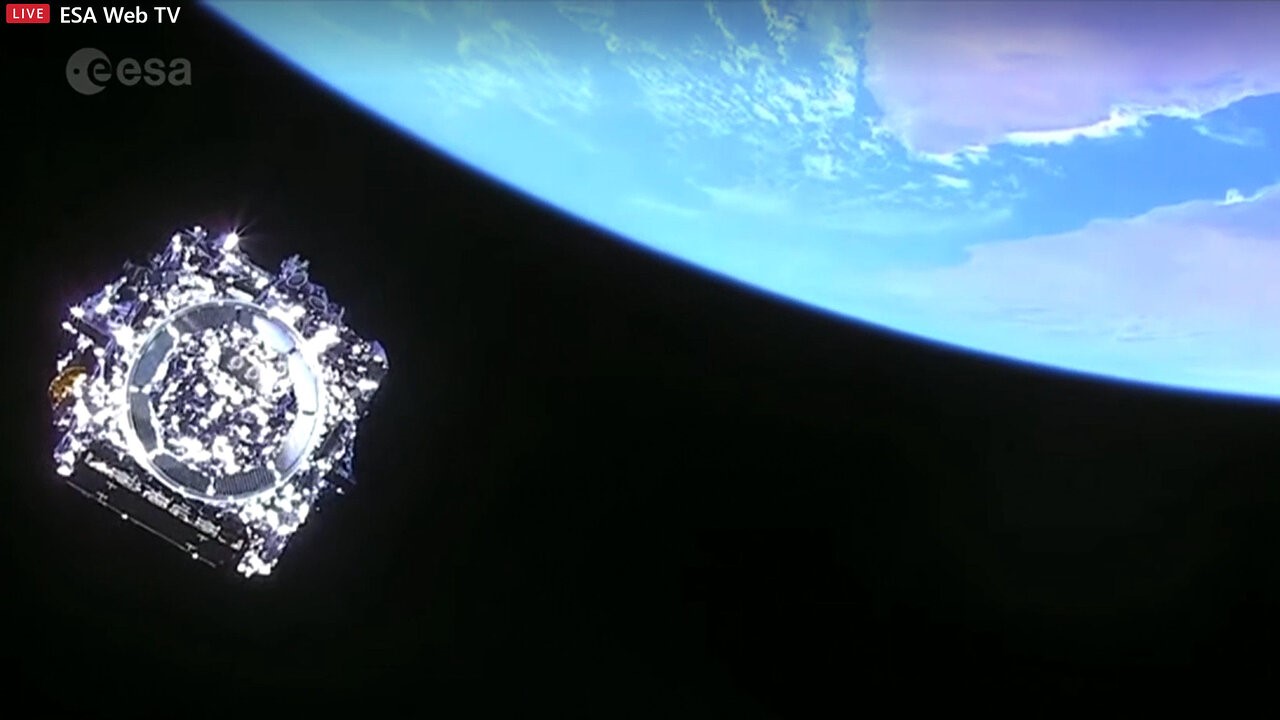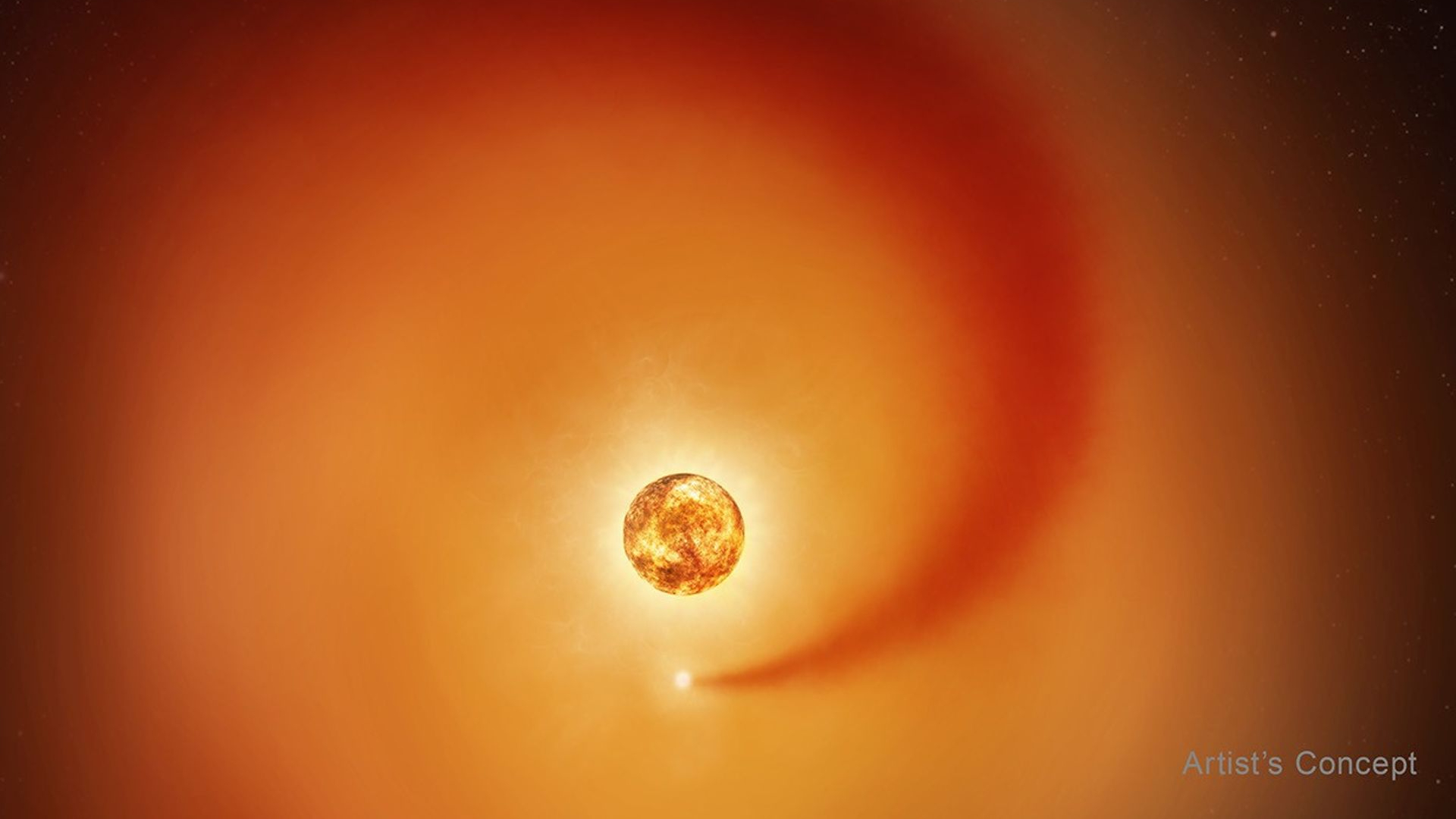James Webb Space Telescope should have fuel for about 20 years of science
Webb will be working for a long, long time, scientists hope.

As the James Webb Space Telescope heads towards its distant destination from Earth, good news flowed from deep space: it has plenty of fuel left.
Scientists delivered the news during a press conference Saturday (Jan. 8) held to mark the historic mirror deployment in space, as Webb executed the most complicated deployment of its lifetime with no major hiccups.
"When we launched, by design our limiting resource is propellant," Bill Ochs, the Webb project manager, told reporters in the livestreamed press conference, which was hosted by the NASA Goddard Space Flight Center in Maryland.
Live updates: NASA's James Webb Space Telescope mission
In photos: The Christmas launch of NASA's James Webb Space Telescope
He paid tribute to the super-precise launch that an Arianespace Ariane 5 heavy-lift rocket executed as it hefted Webb to space from French Guiana on Dec. 25.
"Right now, because of the the efficiency or the accuracy with which Ariane 5 put us on orbit, and our accuracy and effectiveness implementing our mid-course corrections, we have quite a bit of fuel margin right now relative to 10 years," Ochs said, speaking of an earlier fuel estimate.
"Roughly speaking, it's [now] around 20 years of propellant, roughly speaking, and that's TBD [to be determined]," he added.
Breaking space news, the latest updates on rocket launches, skywatching events and more!
While Ochs did not elaborate on why that is to be determined, one large factor is a looming midcourse correction the telescope is expected to execute in about two weeks to put it on track for its ultimate destination.

Webb is expected to arrive at an "insertion location" by Jan. 23, where it will fire its engines to glide to a "parking spot" called Earth-sun Lagrange Point 2 (L2) about 930,000 miles (1.5 million kilometers) away from our planet.
This Lagrange point is balanced between the gravitational forces of the sun, Earth and moon and will allow the telescope to stay steady while using a minimum of fuel, NASA has said.
Follow Elizabeth Howell on Twitter @howellspace. Follow us on Twitter @Spacedotcom and on Facebook.

Elizabeth Howell (she/her), Ph.D., was a staff writer in the spaceflight channel between 2022 and 2024 specializing in Canadian space news. She was contributing writer for Space.com for 10 years from 2012 to 2024. Elizabeth's reporting includes multiple exclusives with the White House, leading world coverage about a lost-and-found space tomato on the International Space Station, witnessing five human spaceflight launches on two continents, flying parabolic, working inside a spacesuit, and participating in a simulated Mars mission. Her latest book, "Why Am I Taller?" (ECW Press, 2022) is co-written with astronaut Dave Williams.
